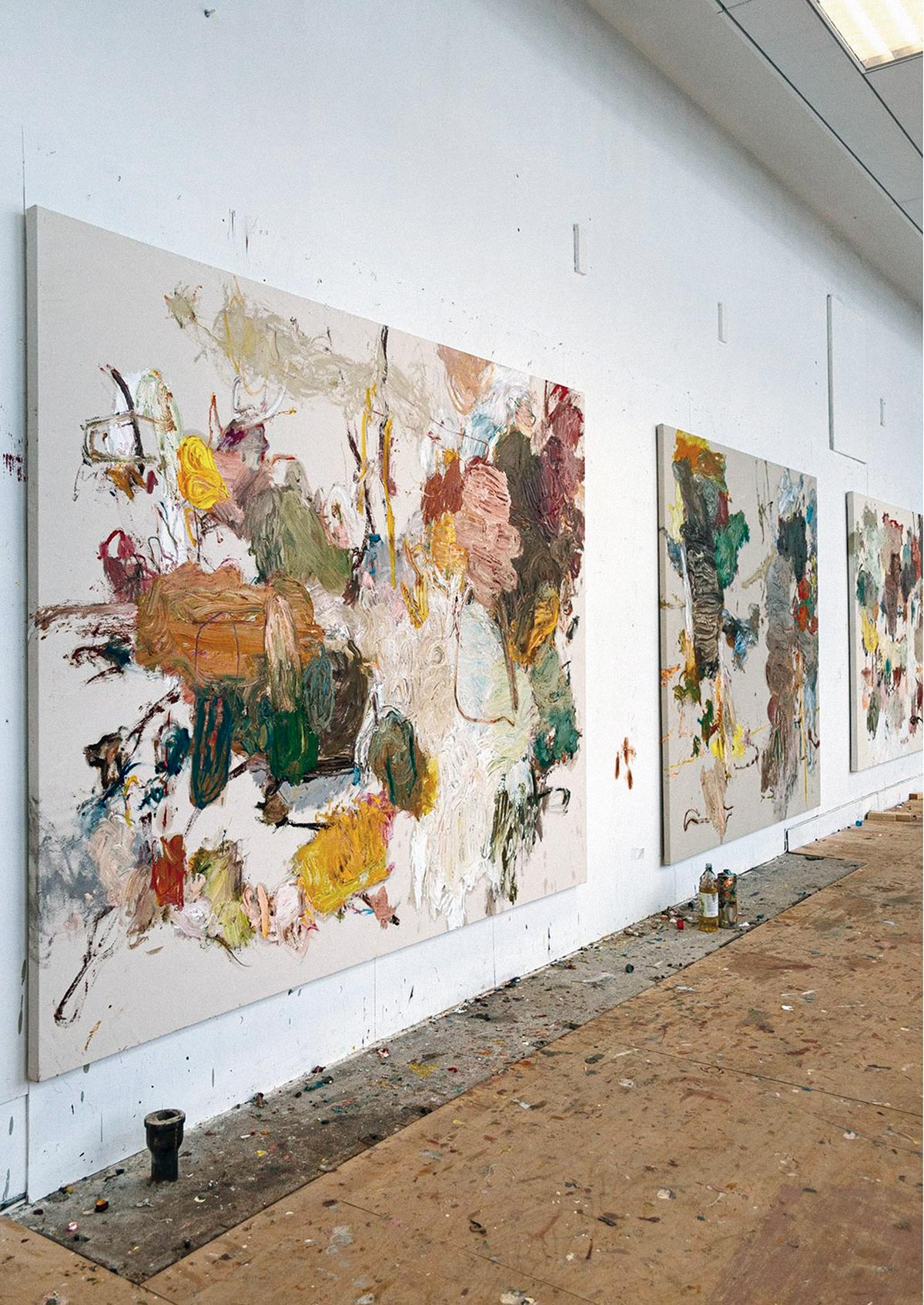Roy Aurinko
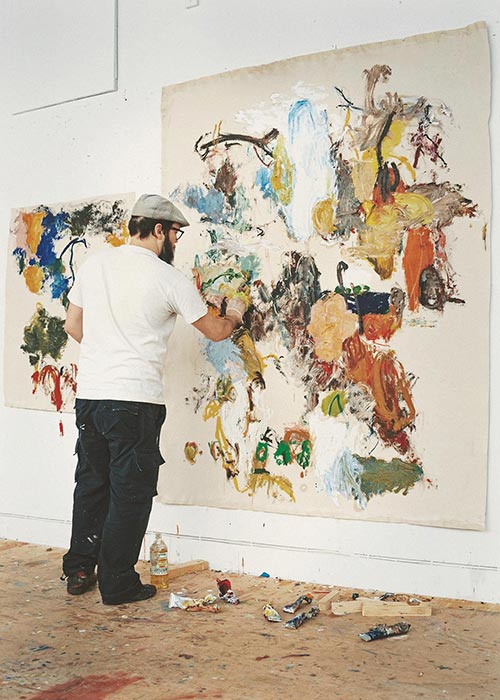
WORDS BY MANUEL NAVARRO. PHOTOGRAPHY BY ROY AURINKO.
Roy Aurinko grew up next to an open-pit mine in Ostrobothnia, in northern Finland. The Hitura mine, founded in 1970, was located four kilometres from his house, and a little further away was the Makola mine. Aurinko says that the issue of mining and the landscapes it causes have been on his mind for years. Aurinko used his childhood memories to address the effects of mining in an exhibition at the Heinola Museum of Art in Finland. His abstract paintings aestheticize the landscape shaped by mining. “The theme seems contradictory to me: a combination of nostalgia and irresponsibility. It is also an aesthetically fascinating starting point for works of art.”
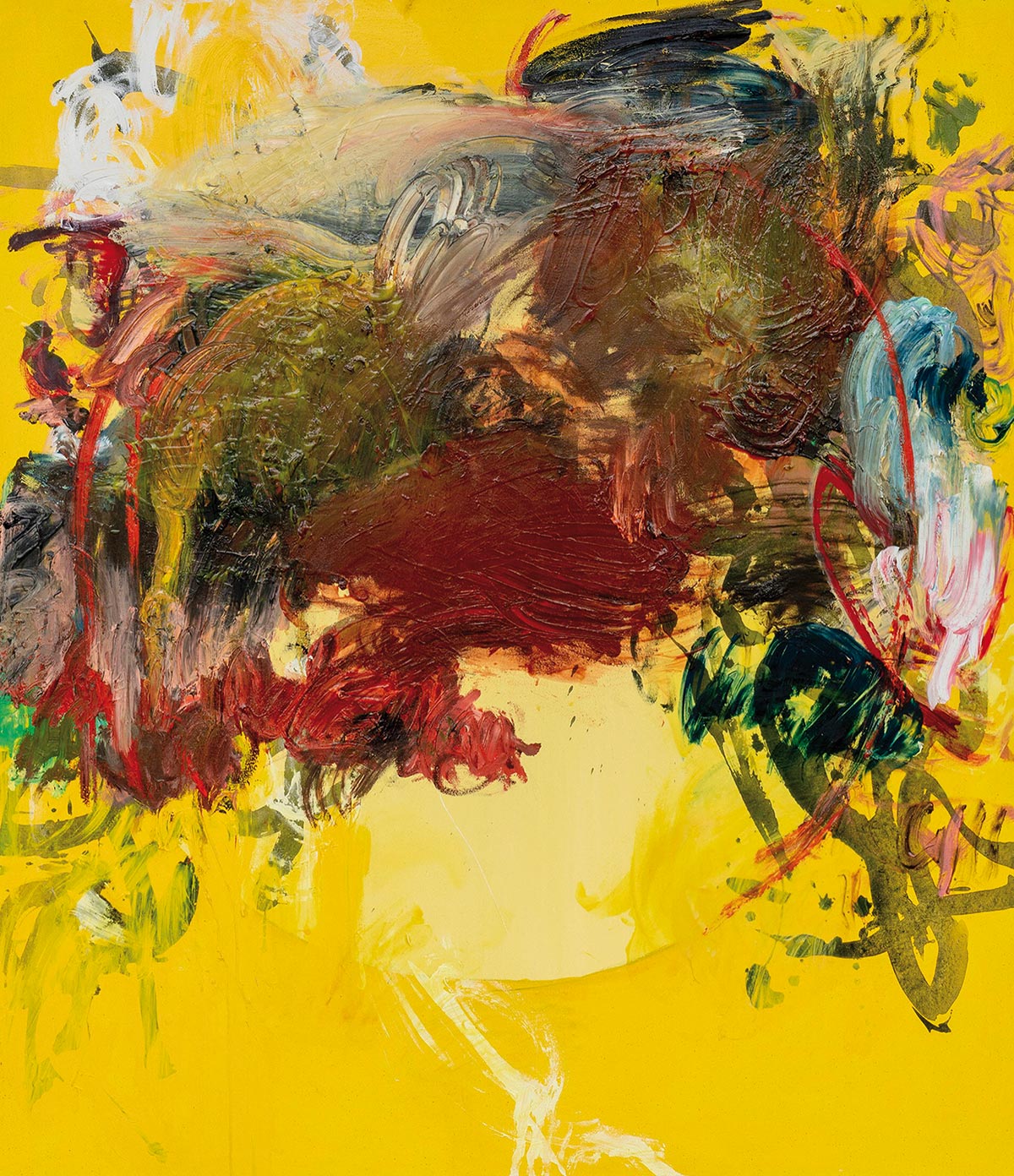
In another exhibition in 2021, Medusa’s Mirror at Galleria Huuto, Helsinki, Aurinko used an optical device known as a black mirror to examine landscapes. The device is named after Claude Lorrain, a 17th century French landscape painter, and it is related to the concept of sublime developed in the 18th century.
According to the concept, a person’s feelings reflect natural phenomena, and one receives imagined sublimity and greatness as if they were part of the phenomenon. “I approach the concept of sublime from the perspective of visual arts, from which the aim is to achieve an aesthetic experience or perhaps even feelings of holiness, manifested as astonishment, respect and wonder, both when seeing the final work and while working on it.” Roy’s paintings caught my attention from the very first moment I saw them. After learning the background of his pieces —why and the need to tell those experiences and feelings through abstract strokes— they fascinated me. So we didn’t hesitate to contact him so that he could tell us more about the subject.
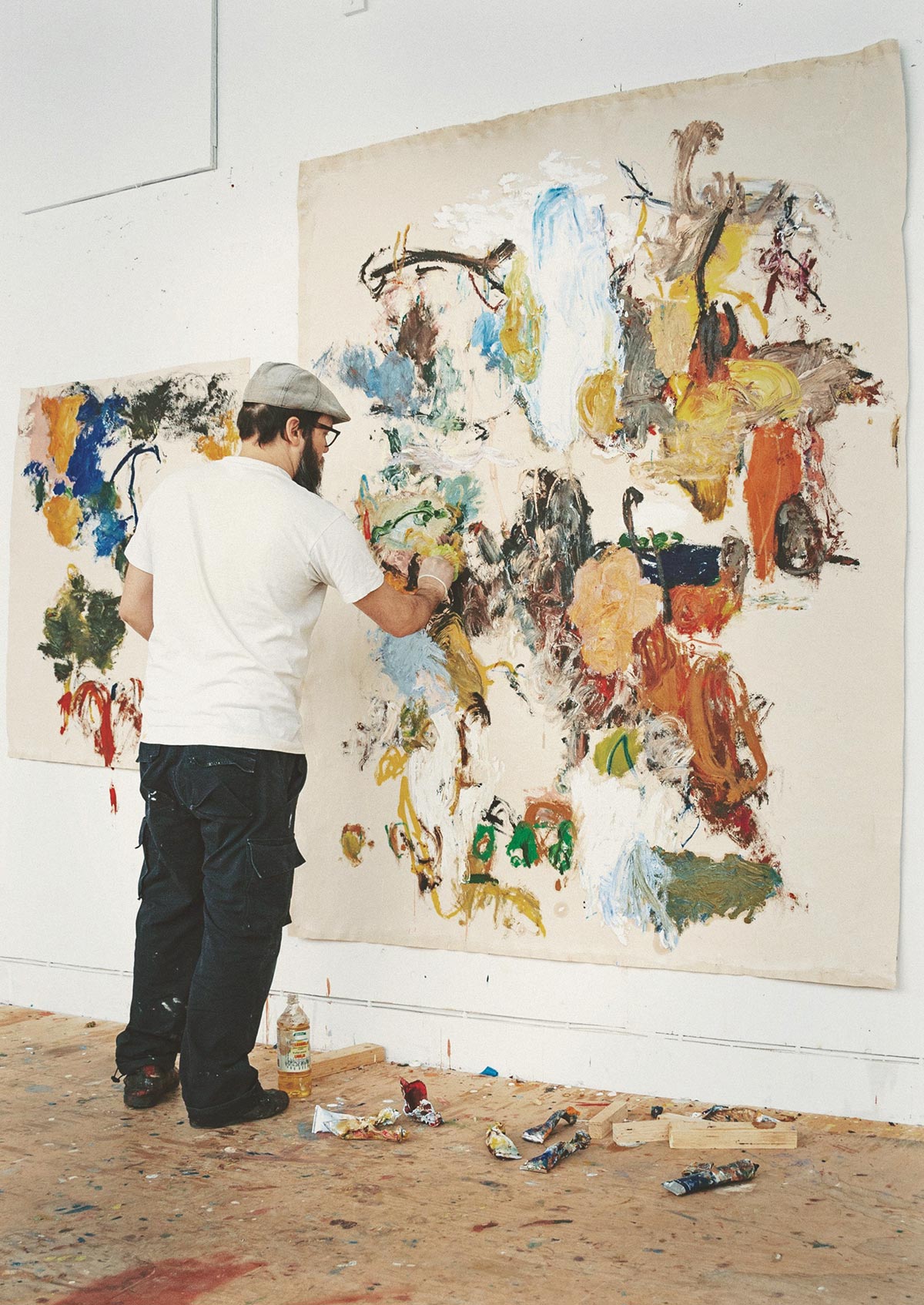
Tell us your story. How did you come into painting?
I wasn’t particularly athletic as a kid, and I spent a lot of time drawing. What else is there to do when growing up in the middle of nowhere in the Finnish countryside? As a teenager, I made cartoons and copied the logos of 80s heavy metal bands. While studying art, my interest eventually shifted from illustration to painting. It became clear to me relatively quickly that abstract painting is the king of sports in the field of art, but it took me some twenty years to have the courage to go for it.
In your latest exhibition, through your childhood memories you explore the landscapes shaped by mining. Wow! How do you deal with that in front of a blank canvas?
The theme is a combination of sunny childhood memories and the environmental devastation caused by a nickel mine, so it has been interesting to try to visualize not only warm memories but also ugliness at the same time. The depiction of ugliness is a central part of these paintings. I guess it would be easy just to do a bad painting, but I’m still working on how you make a good, balanced piece out of ugly.
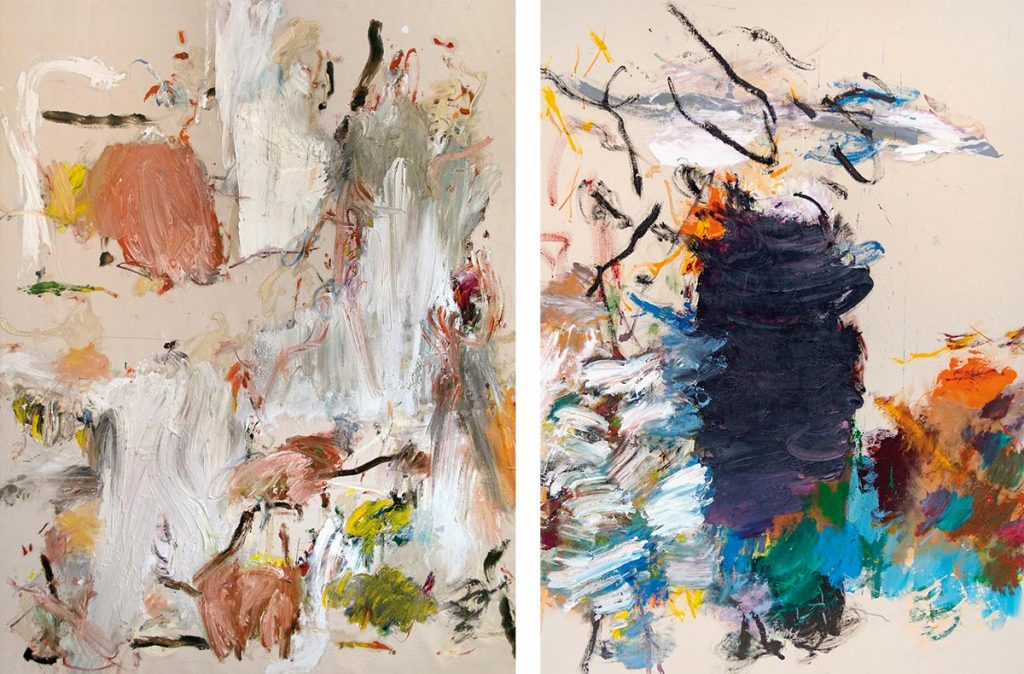
Tell us some of your childhood memories about those mines.
The waste site of the mine was an impressive sight in itself, a lunar-like landscape. There was a sandpit full of Mediterranean- blue water near the mine where we cycled in the summers to go swimming. The fastest way to get there was through the waste site. There was no trespassing in the area, but since there were no fences or other obstacles, nothing stopped us.
Could we say that your paintings are like landscapes in the subconscious, or how would you define them?
Although the paintings are abstract, they’re based on certain childhood memories and places. Of course, I had to find my own visual language to transfer them onto canvas. The paintings are non-figurative, but I think that anyone who has ever visited a similar kind of mining area can identify with the paintings.
What kind of place is your studio? What do you think is the most important thing in a studio for an artist?
My studio space is located in an old brewery that was built in 1968 on a small island called Hevossaari (“Horse Island”). In addition to the 60s brutalist architecture, I‘m really happy about the large windows in my studio, which allow me to work with natural light during the summertime. I appreciate being able to work in isolation. It allows me to reach the right state of mind for painting. So sharing the workspace with others is not an option for me.
Sometimes it takes a long time to get into the flow state. Listening to music helps me, and I typically listen to free jazz while painting. Having a studio means a heap of tools and other stuff, but probably my number one studio essentials are the sofa and a decent stereo system.
